In the country of orphans
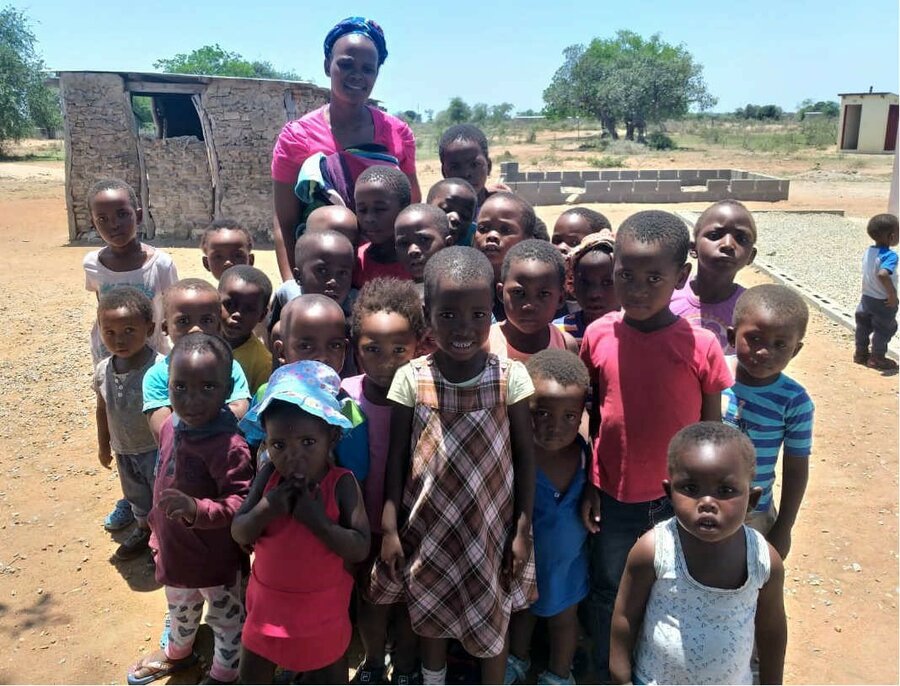
By Claudia Altorio
"HIV is part of my life, but it does not control my life," says Lucky Jele, a Community Adolescent Treatment Supporter (CAT) at Mafutseni Nazarene Clinic in rural Eswatini, a small kingdom landlocked between South Africa and Mozambique.
Eswatini — which until last year was called Swaziland— has the highest rate of HIV infections the world, with 27.2 percent of its population of 1.15 million people affected. Females are particularly at risk: 35 percent of women and adolescent girls between the ages of 15 and 49 years are HIV-positive, compared with 19 percent of boys and men.
A staggering 58 percent of the kingdom's children are orphans and vulnerable children (OVCs), largely due to the impact of HIV/AIDS. One in four children has lost one or both parents and at least 38 percent of the rural households care for at least one orphan.
Vital support for adolescents
Lucky is 23 — somewhat bravely, he sits down to tell his story. His father died when he was 3 years old. Then he was forced to live on the streets with his mother, begging for food. Growing up, he says, he was often sick with tuberculosis and other illnesses.
Nobody was aware that he had HIV. His mother, who was under constant stress, depended on strangers for food to help keep her son strong. In 2001 she met the man who was to become his stepfather.
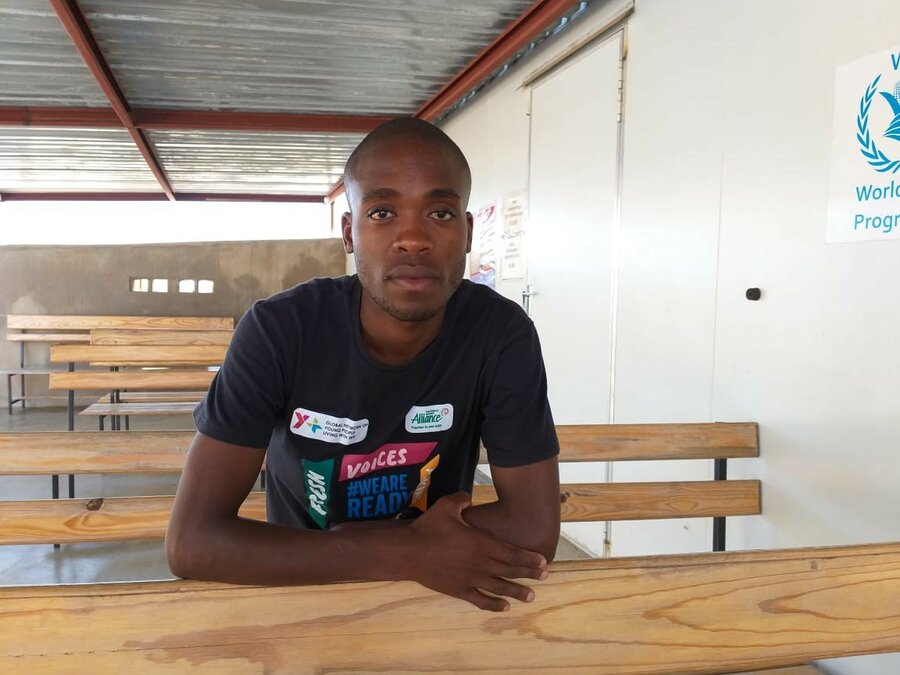
He then started attending school. However, the little boy continued to be sick and missed many months of school. Aged 12, when boys are traditionally circumcised, Lucky was diagnosed with HIV and started treatment. Neither he or his mother received counselling or information about what it means to be HIV-positive.
‘Today we are fortunate, a community member has donated lettuce, an onion and three tomatoes so it will be used to supplement the children's lunch.'
In their community, HIV positive people are shunned. Within a couple of years, Lucky dropped out of school. By the time he turned 16, he had been living in constant fear and with many unanswered questions. It was then that in the town of Manzini, he discovered the Mafutseni Nazarene Clinic and was able to learn more about the condition. Lucky joined a support group there where he found answers to his questions.
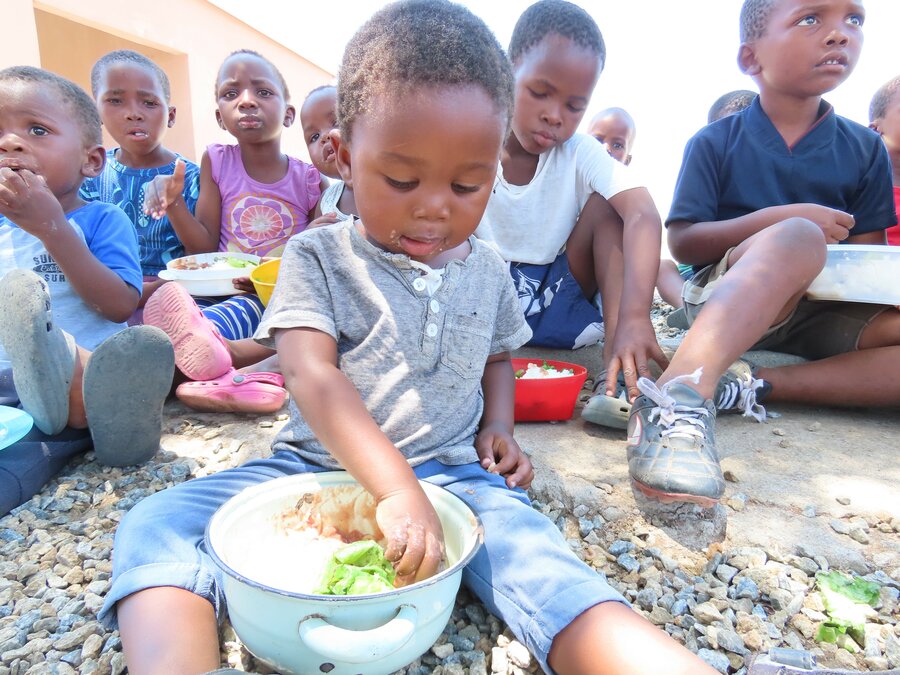
For the first time, he says, he felt happy and confident. As he became more familiar with the disease, he opened up to the wider community about being HIV-positive and started speaking confidently to people about HIV/AIDS, encouraging them to be tested regularly.
Today Lucky is an active member of the HIV Literacy Project, an adolescent outreach programme. He works at the clinic from Monday to Friday, welcoming new arrivals, urging them to have their health assessed, advising on good adherence to antiretroviral therapy (ART) and TB medication, as well as on good nutrition and supporting them as they liaise with doctors and nurses on sexual and reproductive health. He shares his story and experiences with them, ensuring that they do not feel alone.
Lucky's training as a counsellor comes in handy as his job often requires him to visit people at home when they are too ill to travel to the group meeting. The visits happen on the third Saturday of every month.
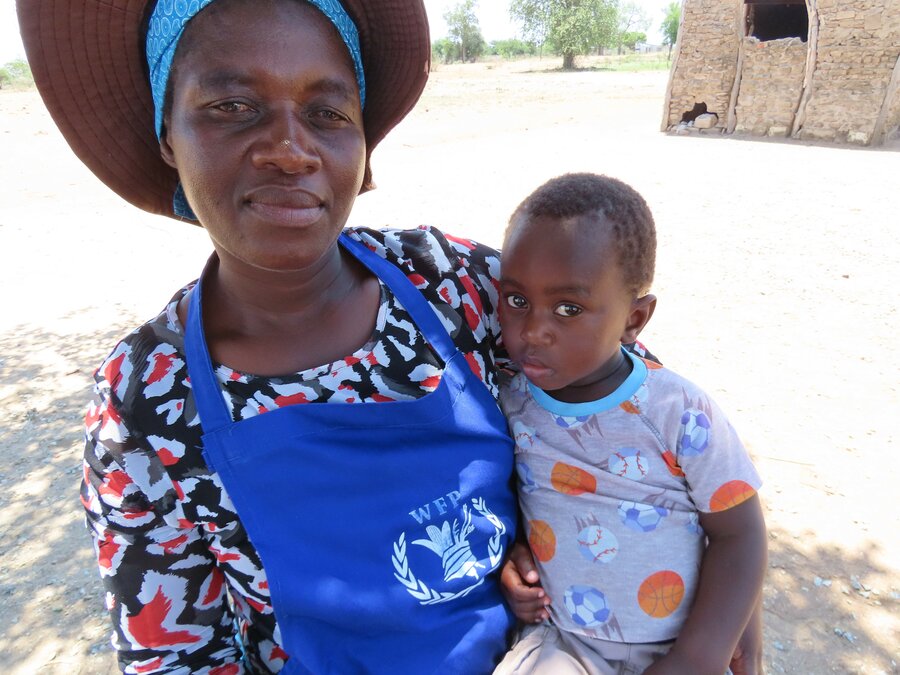
More than 60 teenagers visit the clinic every week. Currently, there are 36 young people in the support group. Lucky feels he has a purpose in life. However, he has identified a need. "There are young people who have disabilities, so I would like to learn sign language," he says.
Eswatini has made significant achievements in HIV treatment — 82 percent of people living with HIV there receive lifesaving antiretroviral therapy. WFP collaborates with its Ministry of Health, UNAIDS, the World Health Organization, the UN Population Fund and the Swaziland Network of Young People Living with HIV/AIDS on the HIV Literacy Project. To date, 115 young people across Eswatini have been trained —including those living with HIV/AIDS, people from the LGBTQ community and sex workers.
Neighbourhood Care Points
Through 1,700 community- led childcare centres called Neighbourhood Care Points (NCPs) across the country, WFP reaches 55,000 children under the age of 8 with a hot and nutritious meal.
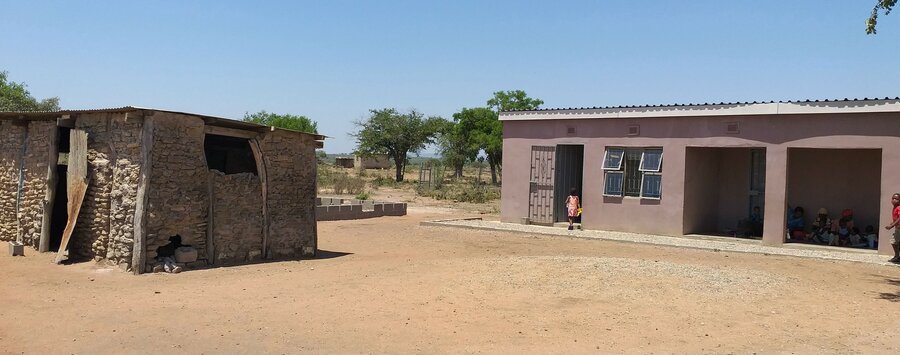
Volunteer-run Nsulutane NCP is in the Lubombo region. Here, 36 children, 19 of them girls, receive early access to education and healthcare. All the orphans and vulnerable children are either HIV-positive or have their lives affected by someone who is.
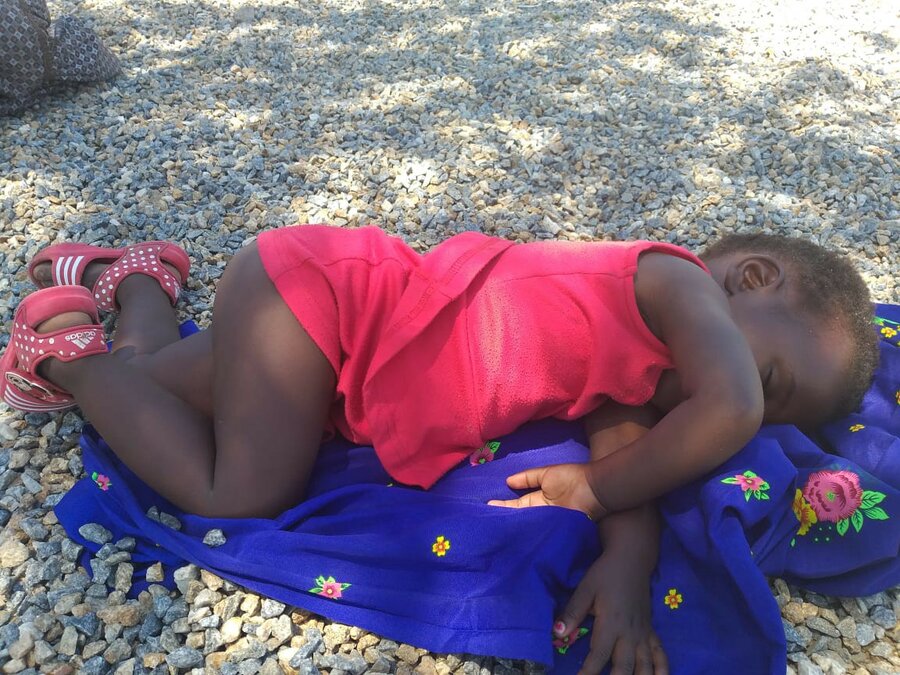
Ntombi, aged two, is considered a "lucky one" as both her mother and grandmother are still alive. Because Ntombi's mother is unemployed, however, the daily school lunch is the only meal Ntombi receives. For many other children at the NCP, the situation is even more dire. Most children live with their extended families, often grandparents, who do have food themselves.
"If and when the community have fresh produce they donate to the Neighbourhood Care Point," says teacher Nonkululeko Shongwe. "Today we are fortunate, a community member has donated lettuce, an onion and three tomatoes which will be used to supplement the children's lunch."
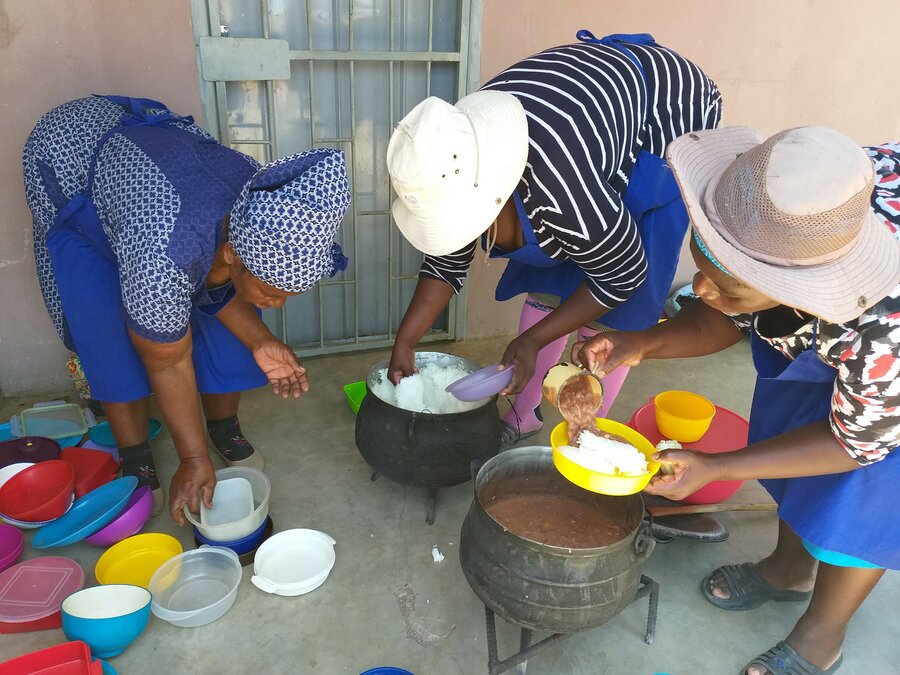
NCPs depend on food from WFP. Children are served either maize meal or rice with beans every day and once a month the mobile clinic arrives, ensuring they receive basic healthcare.
Orphans and vulnerable children are particularly exposed to malnutrition and food insecurity during Eswatini's recurrent droughts, making safety nets such NCPs even more crucial in supporting them to grow up and lead healthy and productive lives.
Thanks to a donation from the South African government in 2018, this NCP has a new brick structure with a storeroom for keeping WFP-supplied food secure. (The previous structure was built from mud and sticks, and the children were exposed to the harsh elements.)
Sadly, due to increasing food insecurity and poverty across Eswatini, the number of orphans and vulnerable children is on the rise. New NCPs, however, are opening their doors to support them.
